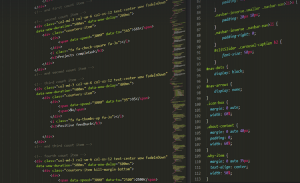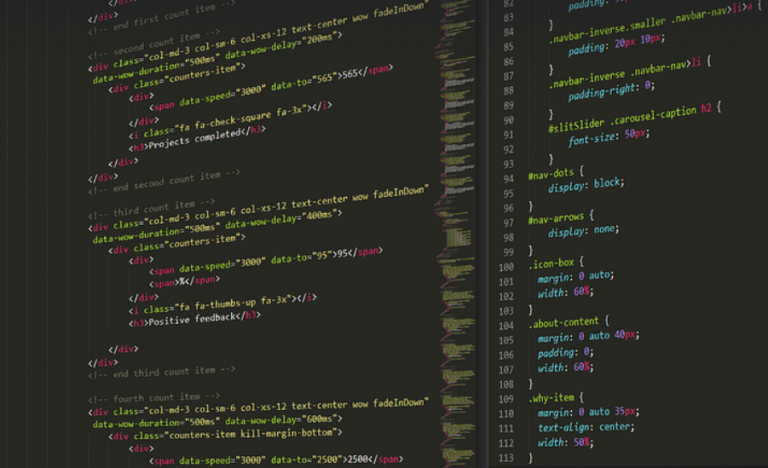Understanding the Scientific Method: A Journey into Discovery
The scientific method, a cornerstone of modern science, is an elegant and practical framework for investigating the world around us. It’s not about rigid rules or dusty textbooks; it’s about curiosity, experimentation, and critical thinking. Think of it as a compass guiding explorers through uncharted territory.
This guide delves into the heart of the scientific method, providing insights on how to navigate its various steps and unlock your own inner scientist. We’ll also explore answers to common worksheet questions, giving you the tools to analyze data, draw conclusions, and make sense of what we learn about our universe.
Imagine this: a curious mind is bouncing ideas off friends or peering through microscopes, exploring the vastness of space or unraveling the mysteries of life itself. The scientific method provides the structure for these explorations, offering clarity and direction to those who dare venture into the unknown.
But how can we put this framework into practice? Let’s begin by breaking down the six steps that form the backbone of any scientific inquiry:
1. Observation: The genesis of our journey begins with an observation, a keen attention to detail about the world around us. It could be anything – a puzzling pattern in nature, an intriguing phenomenon at home, or even a question that sparks curiosity.
Imagine you notice your plants blooming more brightly when sunlight hits them from a specific direction. You might observe something fascinating: a rare bird visiting your backyard, or perhaps a change in the color of the sky on a particular day. These observations are the starting point for any scientific investigation.
2. Question: Just like we formulate questions about our everyday lives, scientists formulate specific and well-defined questions to guide their investigations. These questions should be open-ended, allowing for exploration and critical analysis.
For example, perhaps your observation leads you to wonder: “Do these plants need more sunlight to bloom?” Your question becomes the compass that guides your scientific quest.
3. Hypothesis: Now comes the fun part! With your question in hand, you begin to formulate a hypothesis – a tentative explanation or prediction of an answer to your research question. A hypothesis is essentially a guess based on existing knowledge and observations, but it needs to be testable through experiments.
Think about your plant experiment: Your hypothesis might be something like “If the plants receive more sunlight, they will grow taller.” This hypothesis will serve as a guiding principle for your investigation.
4. Experimentation: This is where things get exciting! The true essence of science lies in experimentation and observation. You design an experiment to test your hypothesis. It’s crucial to control variables—those factors that could potentially influence the outcome – so you can isolate the effect of your independent variable (the sunlight aspect).
Your experiment might involve manipulating the amount of light exposure for each plant. Carefully measure and record results, ensuring consistent handling and observation during each stage.
5. Data Analysis: Time to crunch some numbers! After your experiment, carefully analyze the data you collected. This involves organizing your observations into a table or chart, calculating averages and making statistical comparisons. Remember, data is the lifeblood of scientific inquiry; it provides evidence that we can use to test our hypotheses.
Use graphs, charts, or statistical tools to interpret your findings. You might discover a correlation between sunlight exposure and plant height – exciting news for your hypothesis!
6. Conclusion: Now comes the moment of truth! Based on your analysis, draw conclusions about whether your hypothesis is supported by your experiment. Did you find evidence that supports your initial guess? If not, why? What’s the next step?
Be prepared to revise your hypothesis if necessary. The scientific method is iterative – it allows for adjustments and new discoveries. Maybe the light exposure wasn’t the key factor; perhaps another variable played a bigger role? This flexibility is what makes science so engaging.
You’ll be amazed at how much you learn in this process, even if your hypothesis didn’t pan out exactly as you expected. The scientific method empowers us with critical thinking skills and encourages lifelong learning.
Now that we’ve explored the steps of the scientific method, let’s dive into some worksheet answers to see how these concepts come alive! Remember, understanding how to apply the science process becomes more meaningful when you can connect it back to real-world examples.
For a deeper dive into specific questions or challenges on your worksheets, feel free to request detailed explanations. We’ll explore answers together, making each step of the scientific method journey more clear and engaging!















